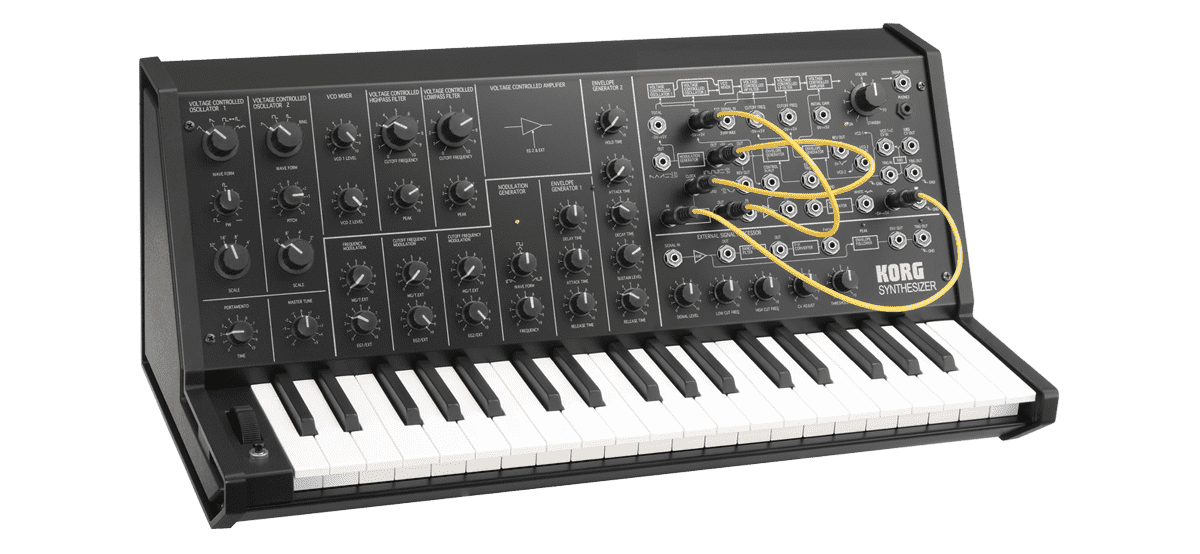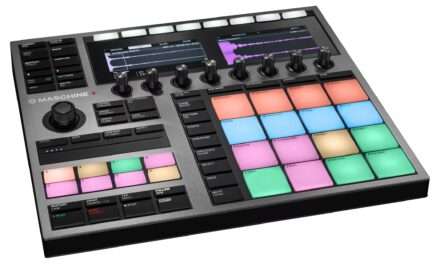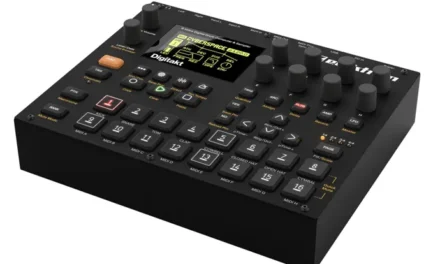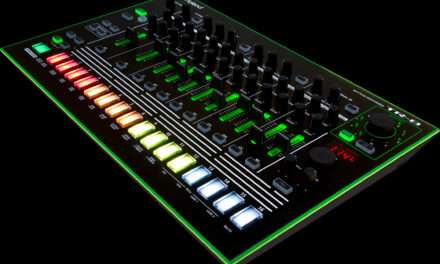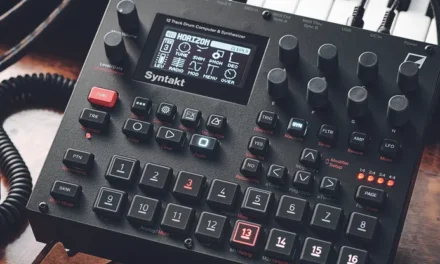The Korg MS-20 is a legendary monophonic synthesizer that has been a favorite among musicians and sound designers since its release in 1978. Known for its raw, gritty sound and flexible patch bay, the MS-20 is a powerful tool for creating everything from deep basslines to screaming leads. If you’re new to the MS-20, this tutorial will guide you through the basics and help you unlock its full potential. Let’s dive in!
Step 1: Getting Started
- Power Up: Connect the MS-20 to power using the included adapter. Turn it on using the power switch.
- Familiarize Yourself with the Interface: The MS-20 features two oscillators, a filter, an envelope generator, an LFO, and a patch bay. Take a moment to explore the layout.
Step 2: Playing Notes
- Select a Waveform: Use the OSCILLATOR 1 and OSCILLATOR 2 knobs to select a waveform (sawtooth, square, triangle, or noise).
- Adjust the Pitch: Use the FREQUENCY knobs to adjust the pitch of each oscillator. You can also use the MASTER TUNE knob to fine-tune the overall pitch.
- Play the Keyboard: Use the keyboard to play notes. The MS-20 is monophonic, meaning it can only play one note at a time.
Step 3: Shaping the Sound with the Filter
- Select a Filter Type: Use the FILTER TYPE switch to choose between low-pass and high-pass filters.
- Adjust the Cutoff and Resonance: Use the CUTOFF FREQ and PEAK knobs to shape the tone of your sound. The filter is one of the MS-20’s standout features, offering everything from smooth sweeps to aggressive squelches.
Step 4: Using the Envelope Generator
- Set the Envelope: Use the ENVELOPE GENERATOR knobs to adjust the attack, decay, sustain, and release of your sound. This controls how the sound evolves over time.
- Apply the Envelope to the Filter: Use the EG 1 > CUTOFF FREQ knob to apply the envelope to the filter, creating dynamic changes in tone.
Step 5: Adding Modulation with the LFO
- Select an LFO Waveform: Use the LFO WAVE FORM switch to choose a waveform (triangle or square).
- Adjust the LFO Rate: Use the LFO RATE knob to set the speed of the LFO.
- Apply the LFO to the Oscillators or Filter: Use the LFO > PITCH or LFO > CUTOFF FREQ knobs to add modulation to the pitch or filter, creating vibrato or filter sweeps.
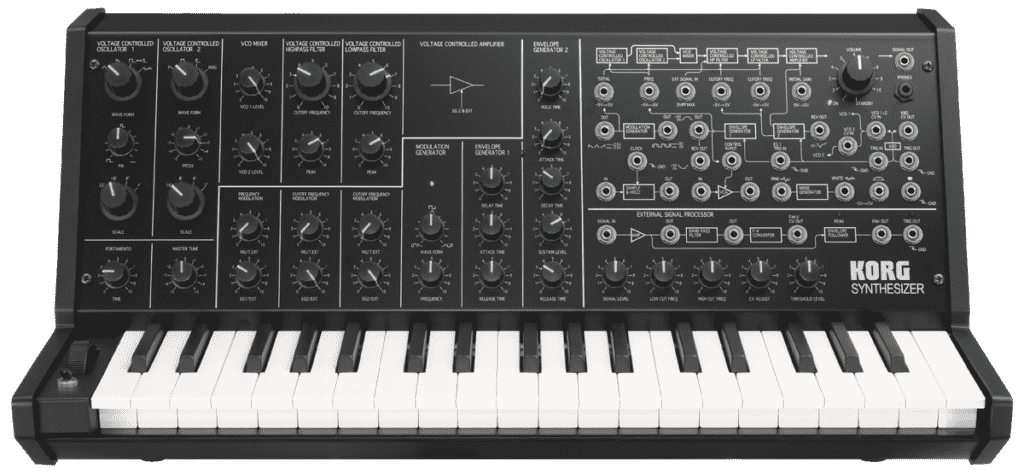
Step 6: Exploring the Patch Bay
- Connect Patch Cables: Use the patch bay to connect different modules with patch cables. This allows you to create custom signal paths and unique sounds.
- Experiment with Patches: Try patching the envelope generator to the oscillators for dynamic pitch changes, or patch the LFO to the filter for rhythmic sweeps. The possibilities are endless.
Step 7: Using External Audio
- Connect an External Audio Source: Use the EXTERNAL SIGNAL IN jack to connect an external audio source (e.g., a guitar or drum machine).
- Process the Audio: Use the MS-20’s filter and envelope generator to shape the external audio. This is a great way to add unique textures to your sound.
Tips for Success
- Experiment with Patches: The patch bay is one of the MS-20’s most powerful features. Don’t be afraid to experiment with different connections.
- Use the Manual: The MS-20’s manual is a great resource for diving deeper into its features.
- Join the Community: The MS-20 has a dedicated community of users who share patches and tips. Online forums and YouTube tutorials are great resources for learning.
Final Thoughts
The Korg MS-20 is a powerful and versatile monophonic synthesizer that’s perfect for creating unique and expressive sounds. Its combination of raw analog tone, flexible patch bay, and hands-on controls make it a favorite among musicians and sound designers. Whether you’re crafting deep basslines, screaming leads, or experimental textures, the MS-20 is a tool that will inspire your creativity.
So power up your MS-20, start twisting those knobs, and let the creativity flow. Happy patching! 🎶


